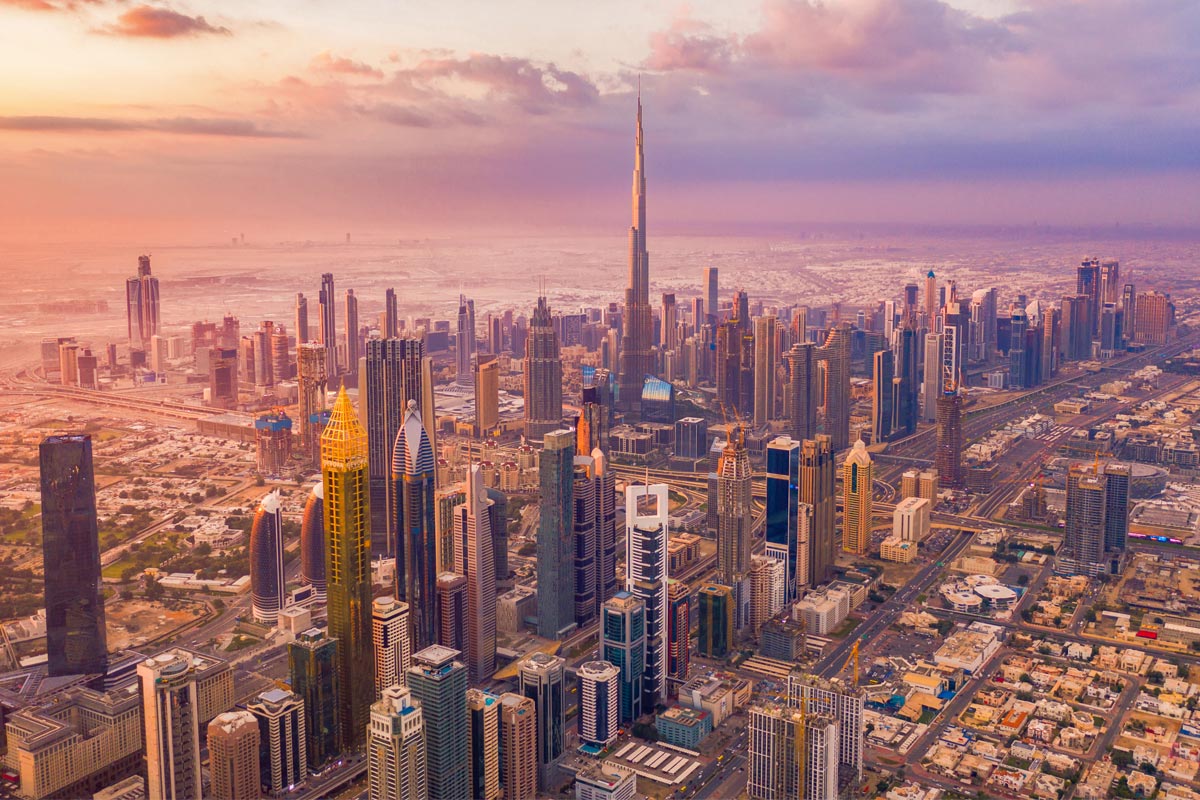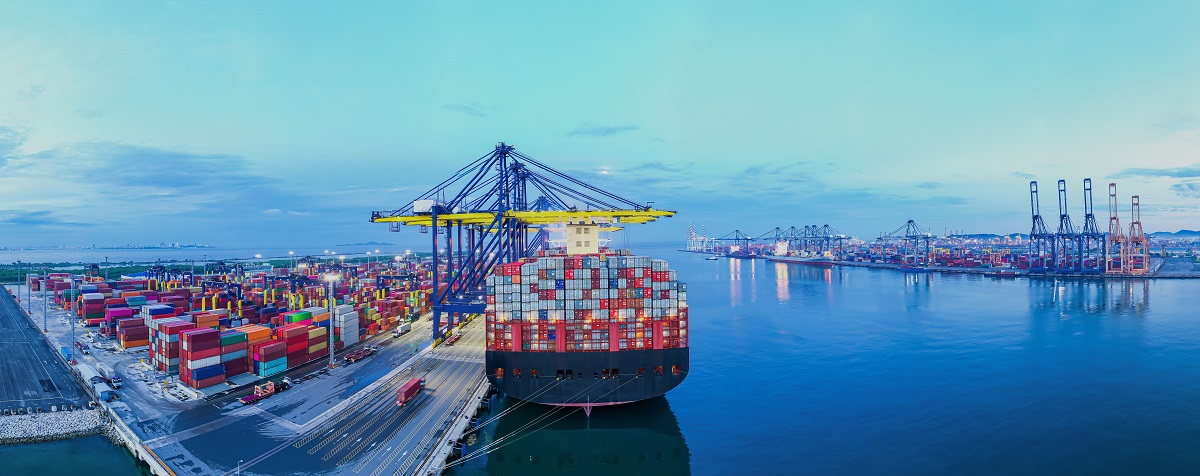Overview
Dubai’s Expo 2020 Conference was delayed by a year due to the pandemic, but since the outbreak of the coronavirus e-commerce in the Middle East and around the world has experienced accelerated growth. According to Google and Bain & Company, the e-commerce market in the Middle East and North Africa is expected to triple in size by the end of 2022.
Today, let’s visit Dubai, one of the world’s most intriguing cities, and explore the e-commerce landscape in the UAE. In this city you will find:
- The world’s tallest building
- The world’s largest artificial island
- The world’s largest shopping center
- The world’s largest musical fountain
- The world’s only ATM from which gold can be withdrawn

Importance
Dubai is an important node in the Chinese “Belt and Road” initiative and a gateway to the entire Middle East region. Internationalization is one of Dubai’s most important labels, and Dubai’s government has positioned itself as a global center for tourism spending. The city’s diverse leisure, sports, entertainment activities and international ambiance attract tourists from all over the world. The comfort and ease of living here has led to a large number of foreign people choosing to buy and settle in Dubai. Data shows that Dubai’s population is growing at an annual rate of over 5%. Foreign residents account for over 80% of the residential population of approximately 8.84 million.
The mix of cultures from various countries and regions around the world has given it a broad consumer market, residents and high-end business travelers have a wide range of consumer goods to choose from, since shopping categories there are among the best in the world.
International consumer center
Dubai has invested heavily in the construction of advanced and record-breaking facilities. Terminal 3 at Dubai International Airport, which opened in 2007, was built by the Dubai government specifically for Emirates Airlines. With its huge investments in infrastructure, Dubai is now the center of the global aviation industry, and easy access to the airport provides the prerequisites for Dubai to become an international consumer center.

E-commerce growth
The Middle East and North Africa is a huge market with 4.5 billion potential online customers. Moreover, UAE consumers have seen a 53% growth in online shopping using smartphones.
Trade in the Dubai Free Zone reached a record $3.9 billion in 2020, with a 53% year-over-year increase driven by the Covid-19-led digital shift, while e-commerce constituted an 8% share of the retail market during the same year. This accounts for 41% of total trade: an astounding 150% increase compared to the same period of the year 2019.
Consumption habits
A consumer survey conducted by the Dubai Ministry of Economy and the Dubai Police Department in collaboration with Visa on January 6, 2020 compared the UAE to established and emerging benchmark markets. These benchmark markets include country's such as the U.S., UK, Australia, and Singapore, as well as Brazil, South Africa, and Malaysia. Results indicated that the UAE spends the most money online in the Middle East, North Africa and South Asia (MENASA) region at around $1,648 per person annually. In addition, the UAE continues to be a healthy leader in average transaction size compared to established and emerging e-commerce markets. The average transaction value for the period of 2019-2020 in the UAE was $122, compared to $76 in established markets such as Australia and $22 in emerging markets such as Africa. Accordingly, consumer demand and online sales are growing exponentially as more merchants arrive online, and a wider choice of products has become available in the e-commerce space.
Consumer profile

As a result of the pandemic, there was an increase in the proportion of UAE consumers making online purchases (49%), with 61% using either bank accounts or digital wallets.
Since the first quarter of 2020, industry players including large retailers that maintain e-commerce, have reported a significant increase in consumer demand for e-commerce. With Visa’s results showing that a higher percentage (49% to be precise) of UAE consumers surveyed are shopping online as a result of the pandemic, and three in five (61%) offline consumers are using bank accounts or digital wallets rather than choosing cash on delivery as in the past, people increasingly trust the security, speed, and convenience of contactless payments.
Payment methods

The Dubai Ministry of Economy has prioritized digital payments as a key driver for streamlining business and smart transformation that will make Dubai a highly competitive global business hub. E-commerce payments are expected to account for 28.2% of total UAE card payment transactions in the future.
This “consumer habit-forming behavior” is expected to continue in the post-pandemic era thanks to the surge in consumer demand for e-commerce and contactless commerce during the embargo, and also thanks to the increasing number of consumers and merchants who have experienced the security, convenience, and scope of online transactions. At the same time, for merchants, online payments instead of cash on delivery can reduce the cost, complexity, and risk. This “consumer habit-forming behavior” is expected to continue in the post-pandemic era. At the same time, for merchants, online payments instead of cash on delivery can reduce the cost, complexity, and risk. Drivers of e-commerce growth in the UAE include: a developed logistics infrastructure; the government’s financial structure and support for digital payments; increased retailer migration to e-commerce platforms; and government policies that support innovation and entrepreneurship. While e-commerce is growing, the region also suffers from logistical issues such as difficult delivery, long logistics timelines and poor convenience.